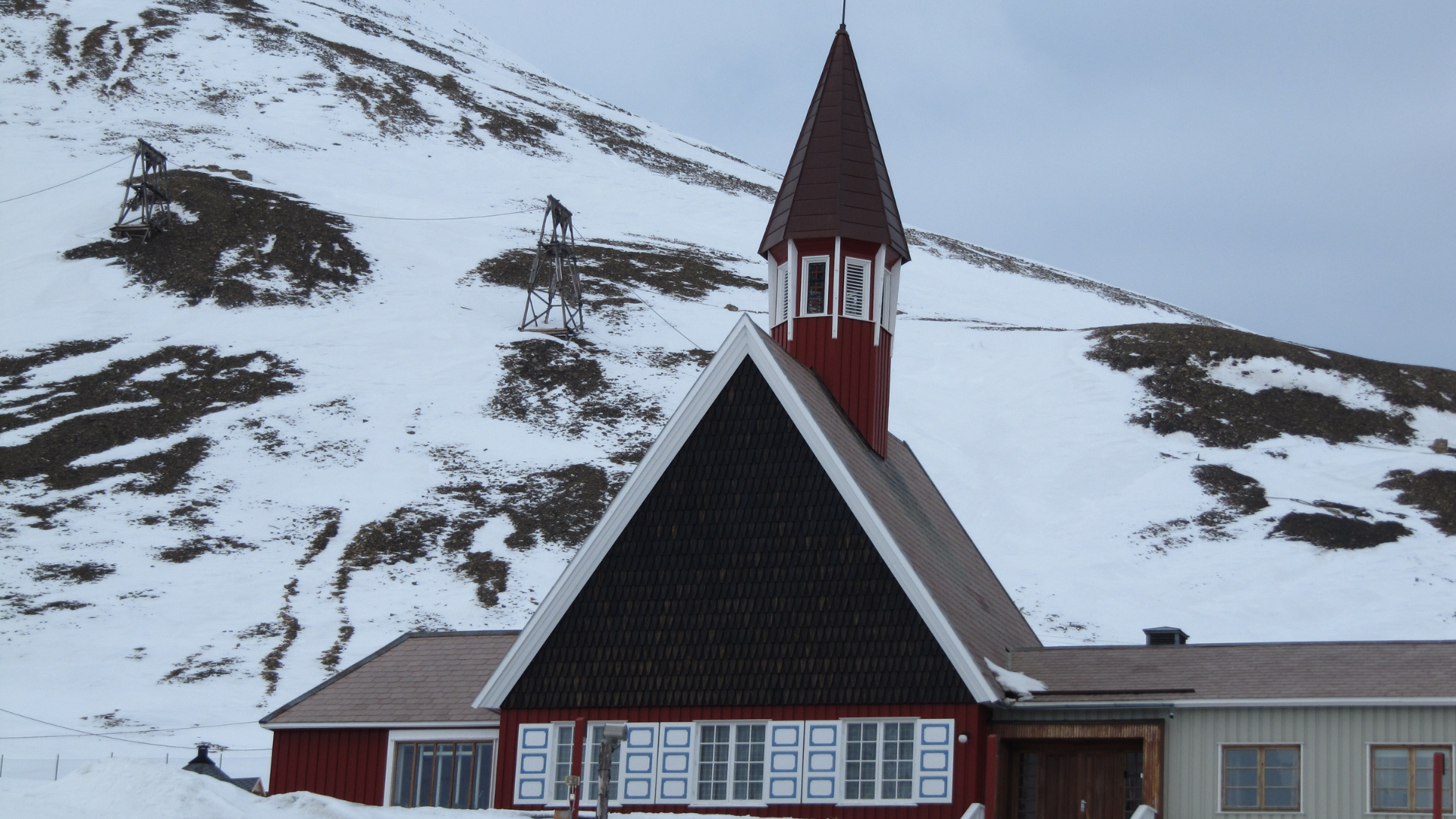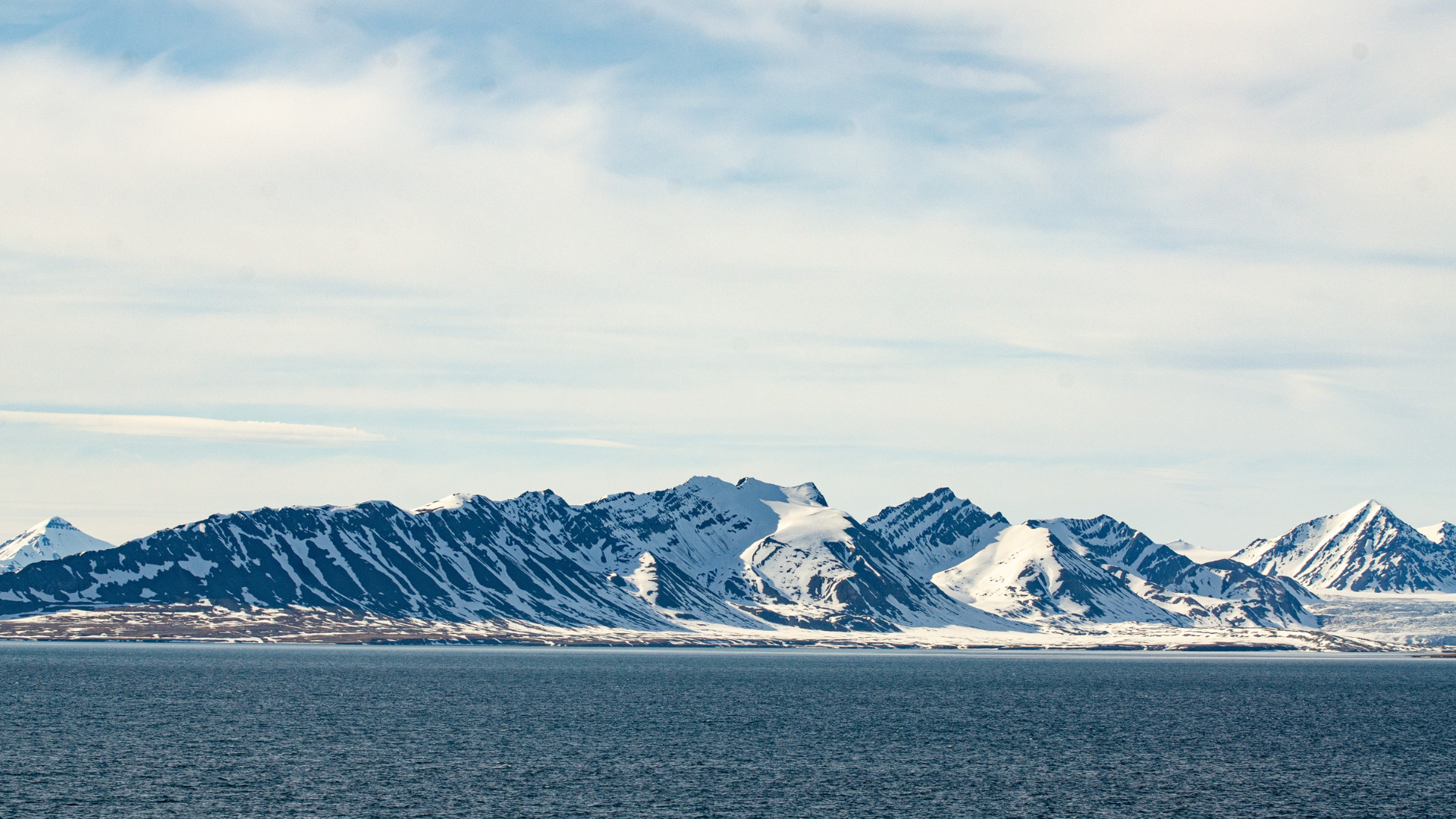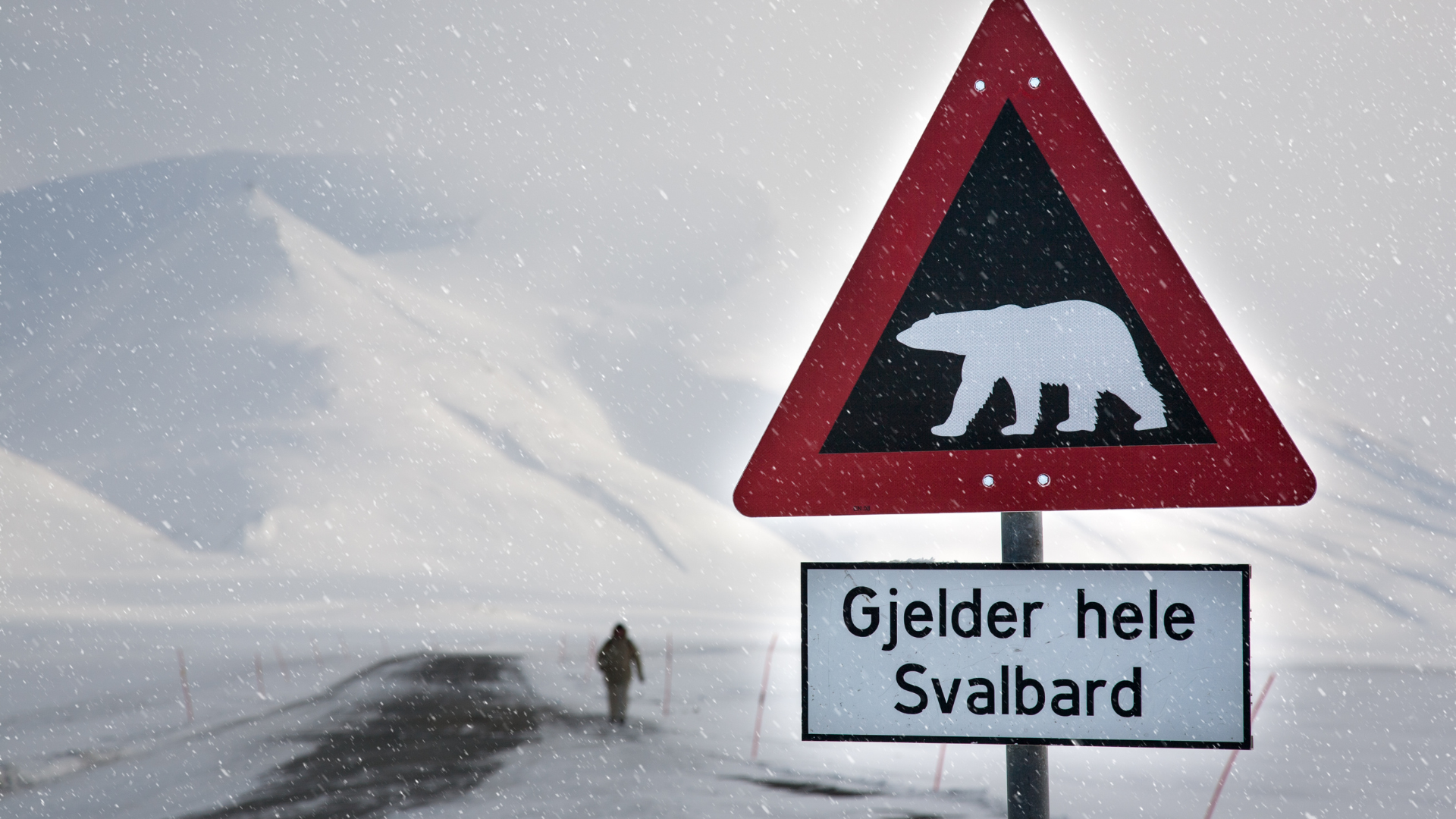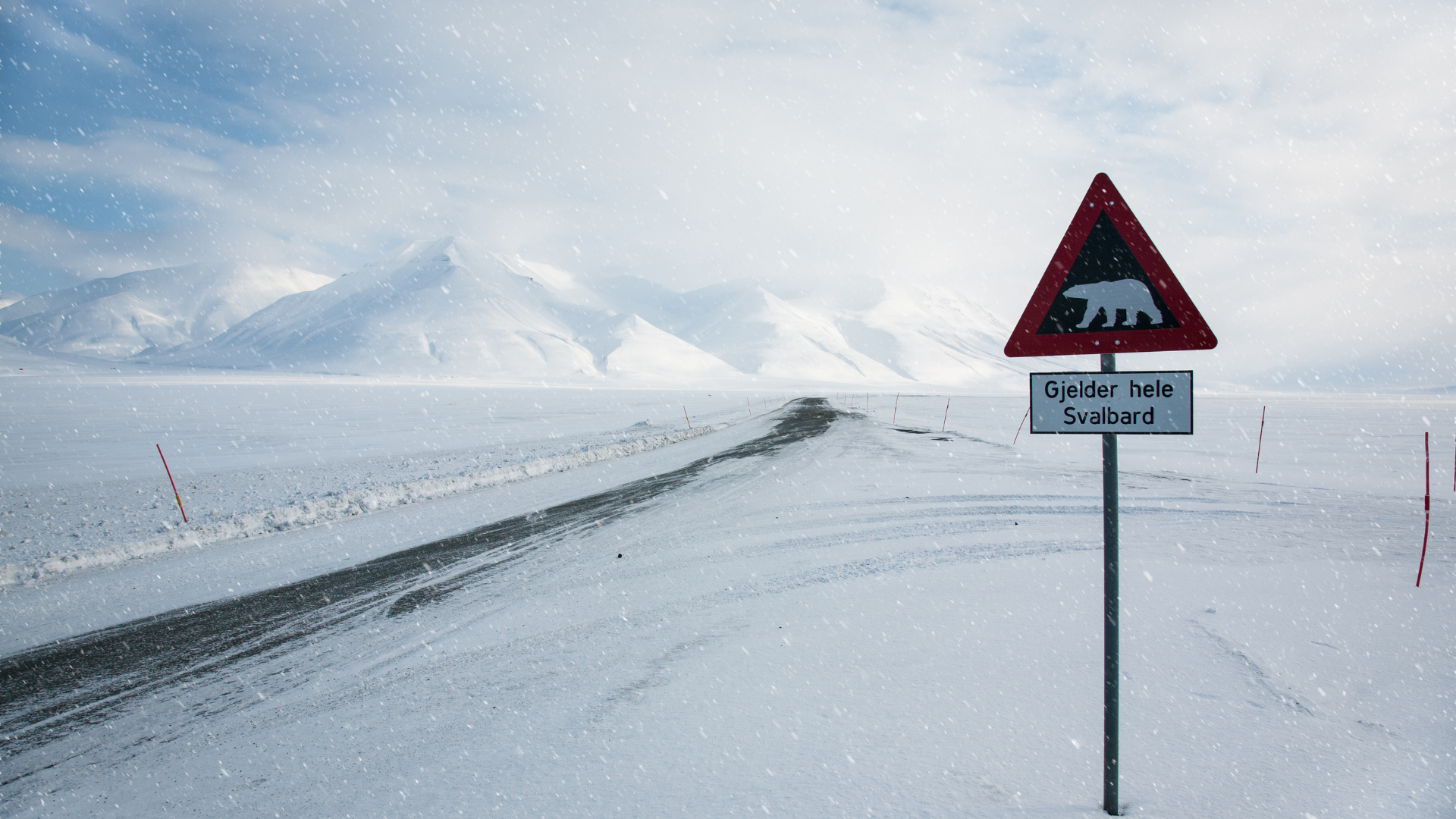Reindeer in Spitsbergen: Facts
Reindeer in Spitsbergen: Facts

Spitsbergen, the largest island in the Svalbard archipelago, is home to the Svalbard reindeer (Rangifer tarandus platyrhynchus), a unique subspecies of reindeer adapted to the harsh Arctic environment. Unlike their larger mainland relatives, Svalbard reindeer are smaller, stockier, and perfectly suited to the cold climate and sparse vegetation of the region. Here are some fascinating facts about these remarkable animals.
The Svalbard reindeer are significantly smaller than other reindeer subspecies, with shorter legs and a more compact body. Adult males typically weigh between 60 to 90 kilograms (132 to 198 pounds), while females weigh between 50 to 70 kilograms (110 to 154 pounds). This smaller size helps them conserve heat and energy, essential for survival in the extreme Arctic conditions.
Adaptations to the cold are evident in the Svalbard reindeer's thick fur, which consists of a dense undercoat and long guard hairs. This double-layered coat provides excellent insulation, allowing them to withstand temperatures that can drop as low as -40 degrees Celsius (-40 degrees Fahrenheit). Their fur also has hollow hairs that trap air, adding to their insulation and buoyancy, which can be useful when crossing icy waters.
The diet of Svalbard reindeer is limited due to the sparse vegetation in the Arctic tundra. They primarily feed on a variety of mosses, lichens, and other low-lying plants, which they dig out from under the snow using their hooves. During the brief Arctic summer, they also consume grasses, sedges, and dwarf shrubs. Their ability to find and digest these tough, fibrous plants is a key adaptation to their environment.
Reproduction in Svalbard reindeer is synchronized with the short Arctic seasons. Mating occurs in the fall, with males competing for females through displays of strength and dominance. Females give birth to a single calf in early June after a gestation period of about 230 days. The timing ensures that calves are born during the summer when food is more abundant, giving them the best chance of survival.
Unlike many other reindeer populations, the Svalbard reindeer do not undertake long migrations. Instead, they exhibit a more localized movement pattern, staying within relatively small home ranges throughout the year. This behavior is likely due to the island's geographical constraints and the scattered distribution of suitable forage. Their limited movement helps conserve energy in an environment where resources are scarce.
The population of Svalbard reindeer has fluctuated over the years, influenced by factors such as climate, food availability, and human activities. Historically, overhunting and harsh winters caused significant declines. However, since the implementation of strict protection measures in the early 20th century, the population has rebounded. Today, their numbers are stable, estimated to be around 10,000 individuals across Svalbard.
Climate change poses a significant threat to the Svalbard reindeer. Warming temperatures and changing precipitation patterns can lead to increased rain-on-snow events, creating ice layers that make it difficult for reindeer to access food. Additionally, shifts in vegetation due to warmer conditions could alter their food sources, impacting their nutrition and survival. Ongoing research and conservation efforts aim to monitor these changes and develop strategies to support the reindeer's resilience.
The Svalbard reindeer is a unique and well-adapted subspecies, thriving in one of the harshest environments on Earth. Their physical adaptations, localized movement patterns, and ability to exploit limited food resources make them a fascinating subject of study. Understanding and protecting these remarkable animals is crucial for maintaining the ecological balance and biodiversity of Spitsbergen.












